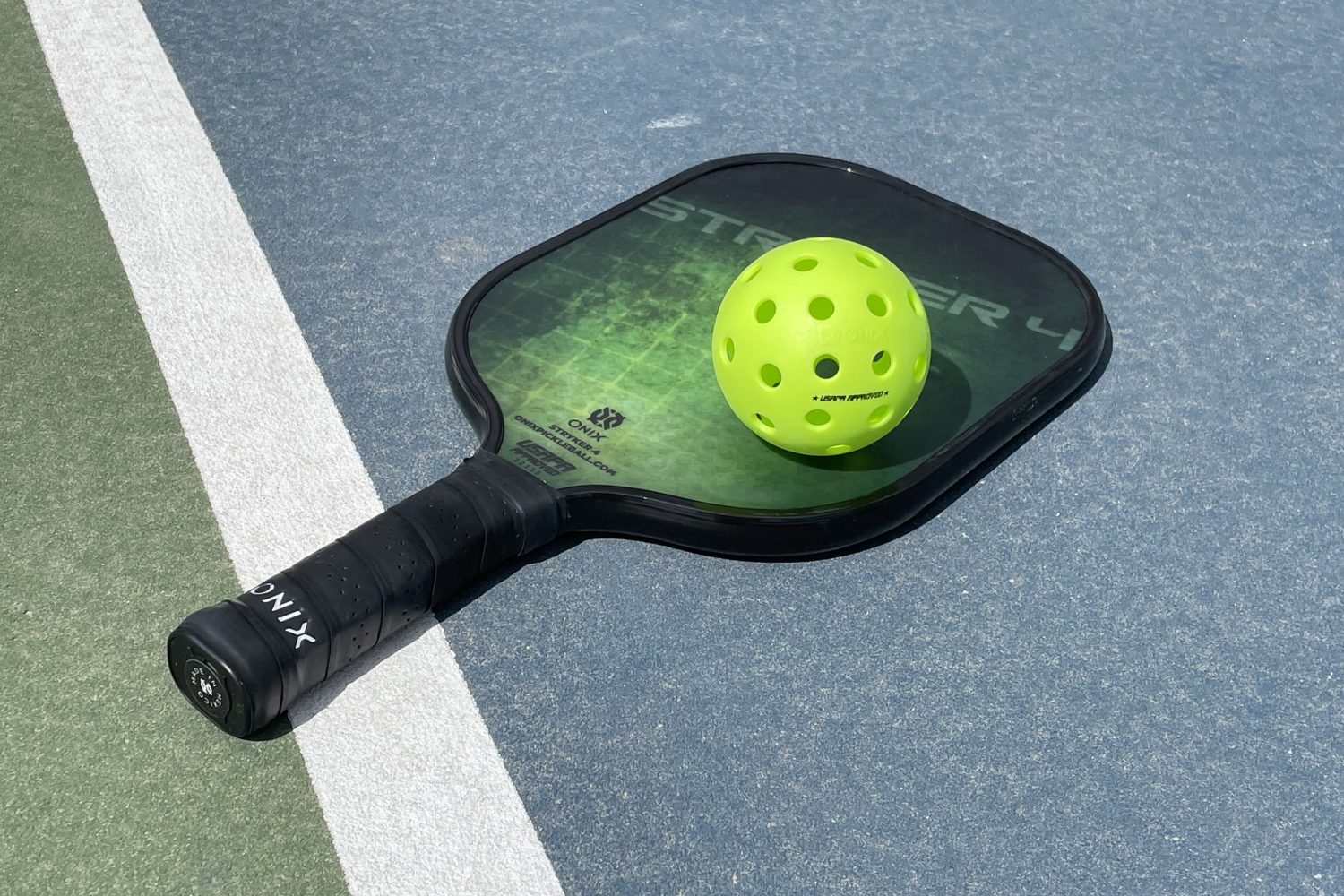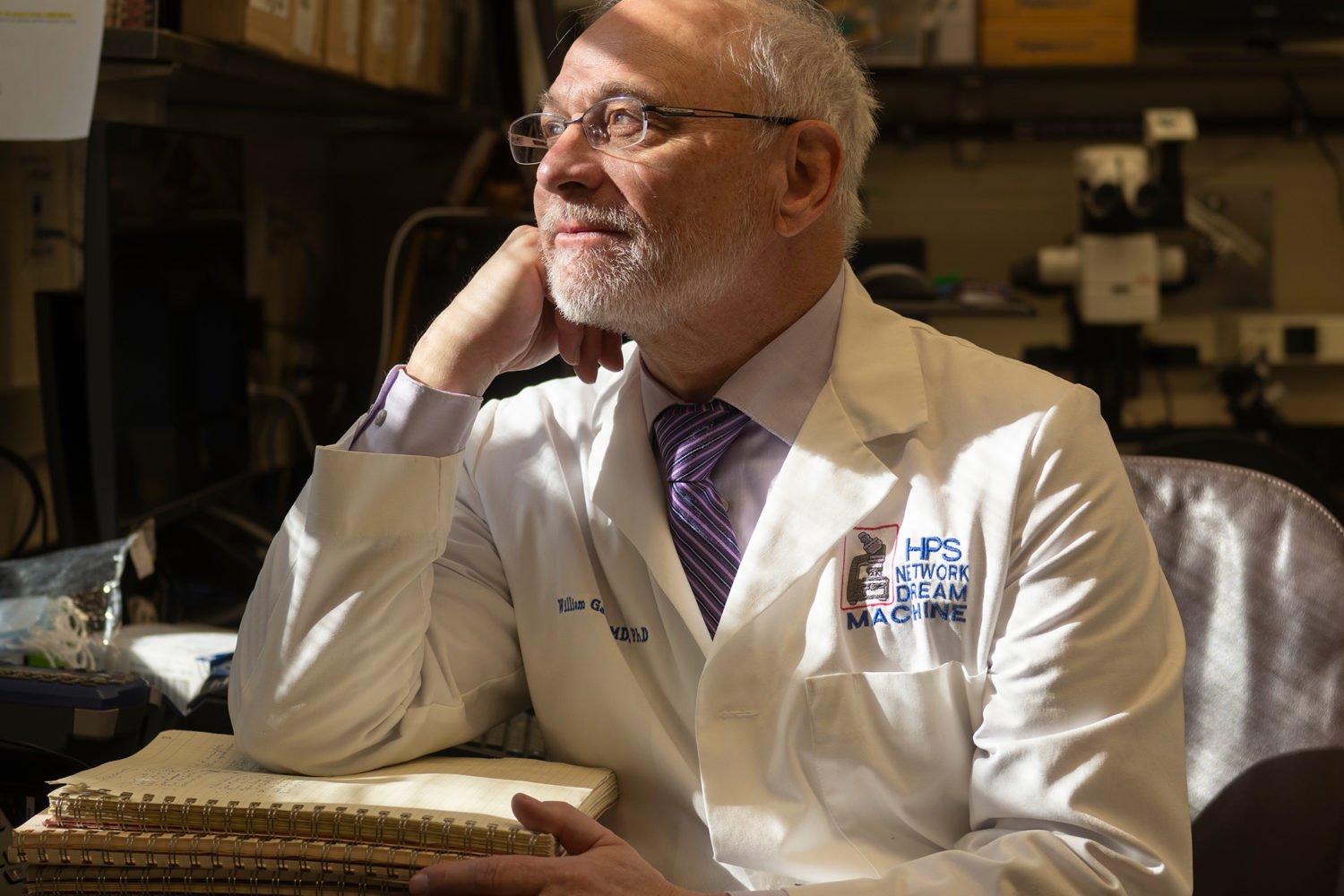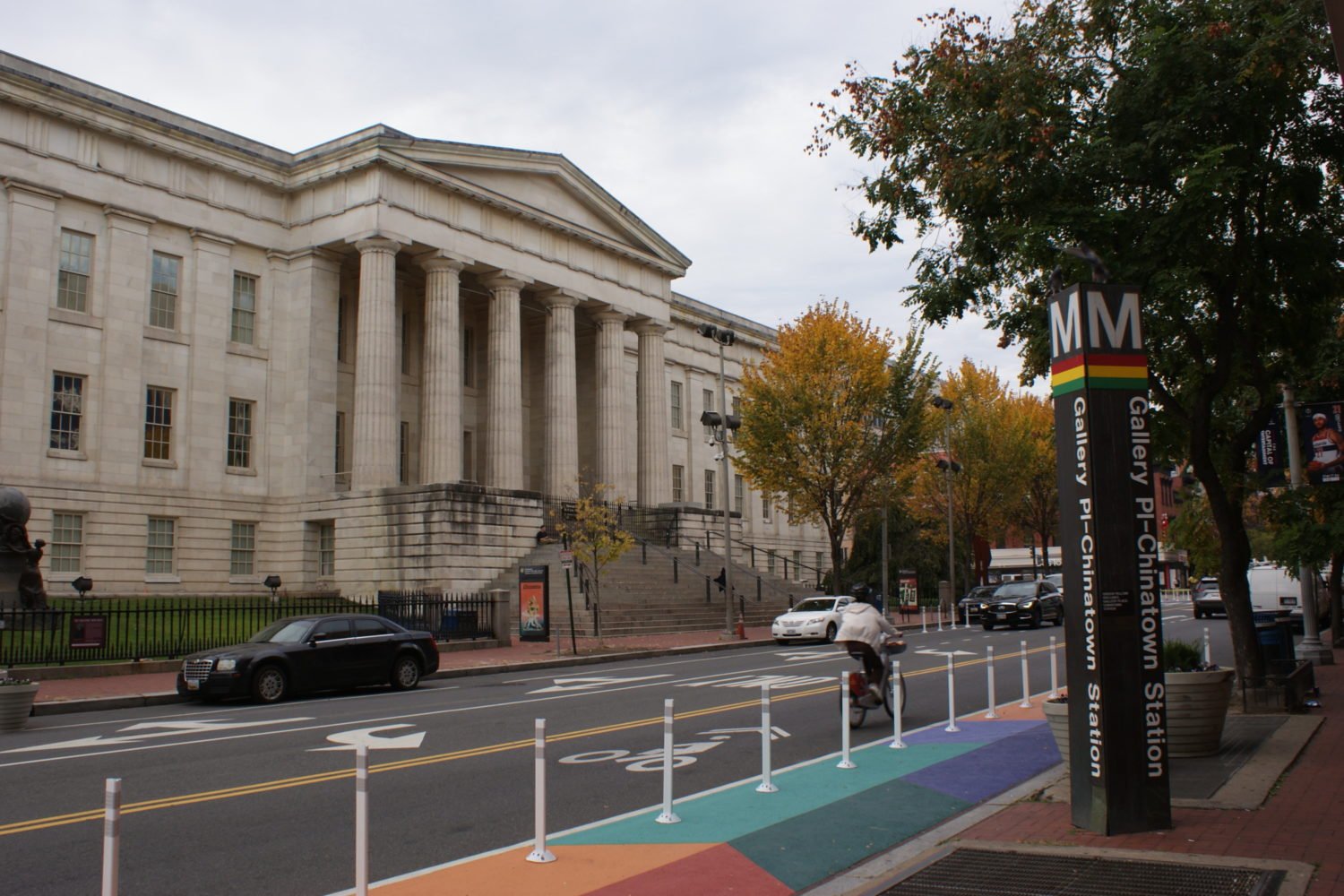By Regina Downing
Could sticking needles in my face make me look younger?
An acupuncture facelift seemed a bizarre idea. But at 48, I had become familiar with the signs of aging: drooping eyelids, sagging jowls, lines around my mouth. Fear of a “chicken neck” motivated me.
I’d looked into other options. A surgical facelift seemed premature, and the thought of bruising, pain, and an outlay of more than $10,000 led me to table that option. I also considered Thermage, a radio-frequency treatment designed to tighten and tone. But the cost—$2,000 to $5,000—dampened my interest, at least for now.
Someone I do business with—a woman who looks good—told me she’d had an “acupuncture facelift,” also called acupuncture facial rejuvenation. Although I was getting acupuncture for neck pain, I’d never heard of this.
Some may shy away from needles, but the ones used by acupuncturists aren’t scary. “They’re tiny flexible needles, as thin as your hair,” says Lauren McNeal, owner of Chesapeake Acupuncture and Healing Arts in Annapolis—the acupuncturist I saw. John Howard, who practices in Germantown, agrees: “If you blow on them, they bend.”
I liked that there would be no cutting into my face, no downtime, and none of the risks of a surgical facelift. At an average cost of $2,550—$125 to $300 a treatment—acupuncture facial rejuvenation seemed worth a try.
Yin Deficiency?
Which brought me back to the weirdness factor. Ask an acupuncturist for a diagnosis and you’ll hear terms like “liver heat” and “yin deficiency.” Needle placement can add to the confusion. One treatment for back pain calls for inserting three needles into the hands.
Acupuncture is based on a belief that the body’s vital energy, called qi (pronounced “chee”), circulates through 20 channels, or meridians. Branches of these meridians are thought to be connected to organs. An imbalance or interruption of qi is said to cause disease. By inserting needles at points where meridians come to the surface of the skin, acupuncturists seek to restore balance and energy flow through the body.
Although scientific research on acupuncture is in its infancy, it has been around for thousands of years. Until recently, the Chinese regularly performed major surgery using acupuncture as anesthesia.
At a conference in 1997 at the National Institutes of Health, the assembled physicians and practitioners agreed that acupuncture is effective in treating postoperative- and chemotherapy-induced nausea and pain following dental surgery. The panel also concluded that acupuncture might be effective in stroke rehabilitation and in the treatment of addiction, headaches, menstrual cramps, fibromyalgia, low-back pain, asthma, carpal tunnel syndrome, and tennis elbow.
Since getting my first acupuncture treatment for neck pain, I’ve done a lot of reading on the subject. I believe it is effective for some maladies. I met a man with crippling back pain who tried acupuncture in an attempt to avoid an eighth back surgery. Months later, he danced at his wedding. My mom, a migraine sufferer, found permanent relief after three sessions.
Acupuncture helped me with neck pain more than massage or chiropractic manipulation had. My neck pain now returns rarely. When it does, it’s less severe. My acupuncturist showed me how to deal with recurrences by applying acupressure to a spot on my ear. Another benefit: My blood pressure went down.
Facial-rejuvenation acupuncture was popular with Chinese emperors’ wives. In the past ten years there’s been more interest in this country. “It’s hot right now,” says Virginia Doran, a New York acupuncturist who developed the facial-rejuvenation protocol used by many in Washington. In 2002 Doran taught six courses in the procedure; in 2006 she taught 24.
Not all acupuncturists approve. Some think treatment should concentrate on medical concerns. Doran disagrees. “Vanity motivates people,” she says. “It’s a great way to get people into Oriental medicine. This way, people come back for more important things.”
Dr. Yiping Hu, of the Chinese Acupuncture and Herbal Clinic in Washington and Bethesda, says she does not offer facial acupuncture as a stand-alone treatment, but she is happy to work a little into treatments for other illnesses. “People come back and say, ‘My friends ask me what I did and tell me I look younger,’ ” Hu says.
“It’s Remarkable”
The woman who told me about acupuncture facelifts said her husband noticed a difference after a few appointments.
“It’s remarkable,” says Victoria Stewart of Annapolis, who had a full course of treatment three years ago and continues with a monthly booster. “My whole face just lightens up.” She says her skin is clearer and smoother, and fine lines are gone. “Nobody can believe my age,” says Stewart, who is in her late forties.
Doran, who says acupuncture can take “5 to 20 years” off the face, recommends an initial 12 treatments done once or twice a week. After that, some acupuncturists recommend booster treatments every month, while others say once every six months is sufficient.
Most acupuncturists will not perform the treatment on people with high blood pressure, diabetes, or migraines. And not everyone can tolerate the intensity. While acupuncture sessions for other ailments tend to last 20 to 40 minutes and involve 10 to 30 needles, my facial treatments took 90 minutes and, following Doran’s protocol, as many as 60 needles.
While I had found the treatments for my neck so relaxing that I often fell asleep, I did not have the same experience with facial acupuncture. Not that the needles hurt badly. But the face is more sensitive. Extensive facial needling tended to tense me up to the point my back would cramp up. Some acupuncturists use the topical anesthesia lidocaine to minimize any discomfort.
The explanation of how facial rejuvenation may work isn’t very clear. “Acupuncture has been shown to increase collagen production and aids in its dispersal thus helping to firm the skin and fill out wrinkles,” Doran writes on her Web site.
“Acupuncture promotes qi and blood circulation,” Hu says. “Increased circulation nourishes the skin, which keeps you looking younger.”
Doran says that by increasing circulation, treatments improve the complexion and tighten pores. “As the body ages, all your systems decline,” she says. “Acupuncture works on all your bodily systems, turning the aging clock back from within.”
Some physicians don’t buy it. They suggest that the needles simply irritate the skin and cause swelling, and this temporary swelling appears to fill in wrinkles.
Was It Worth It?
I decided to try it. I saw results after the first treatment.
My nasolabial folds—the creases between my nose and lips—seemed less prominent. After a few treatments, I noticed my eyes had lifted, my cheeks perked up, and the flesh under my neck didn’t look as loose. I feel I have a fresher face since I finished the 15 treatments, which took two months.
It’s not a dramatic change—it’s barely discernible in the photo accompanying this story. I’ve had the same reaction from those who see me in person: One friend said she liked the results, while another said she saw no difference.
“It certainly is a more subtle change than one would see with Botox or surgery,” says Stephanie Simmons, an Alexandria acupuncturist. “But I believe that there is an inner change that people feel.”➝
I believe acupuncture took a couple of years off my face. Would a couple of years be obvious to someone else? Probably not. I see it.
Since the acupuncture, I also started using Obagi skin products and retinol, at a cost of $350 for a two-to-three-month supply. I have to admit I’ve gotten more compliments on my skin since starting Obagi than I did after acupuncture alone.
Was acupuncture worth it? I had hoped for more. But when I look in the mirror, I’m not as startled by the rate of aging I see. On the road to wrinkle city, I feel as if I got out of the fast lane. After each booster treatment, I get an immediate lift. And while I have no proof, I credit acupuncture with also lifting my mood.
Is facial-rejuvenation acupuncture for you? That depends on your goals, your pocketbook, and the amount of time you have. My treatments, including three boosters, cost $1,350. It took 25 hours, not including travel. Thermage costs more but takes less time.
In any case, I felt better.
Finding an Acupuncturist
Almost all of the acupuncturists in Washington who do “facelifts” have been trained by Virginia Doran. To find graduates of her program, go to luminousbeauty.com/referrals.html.
Mary Elizabeth Wakefield—who was taught by Doran—is another well-known trainer. While most who have taken Wakefield’s program practice on the West Coast, you can find local acupuncturists at chiakra.com/referrals.htm.

















